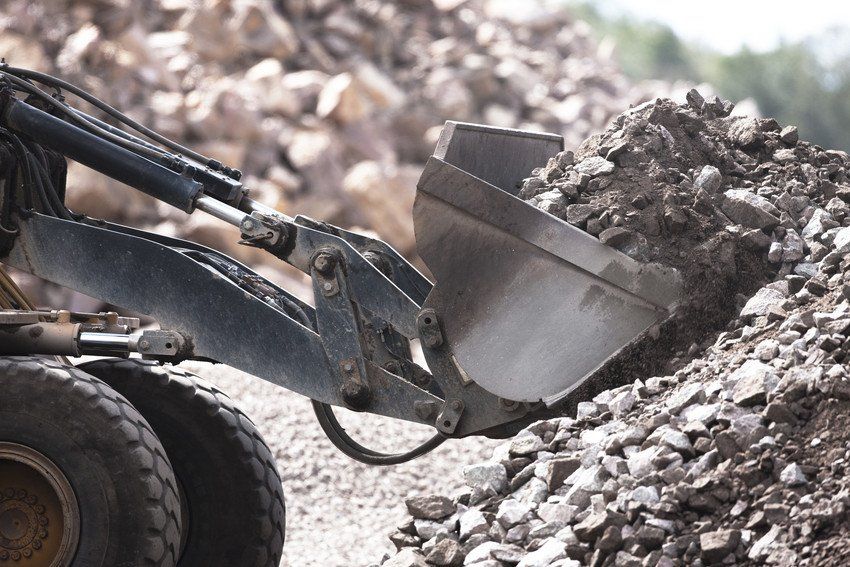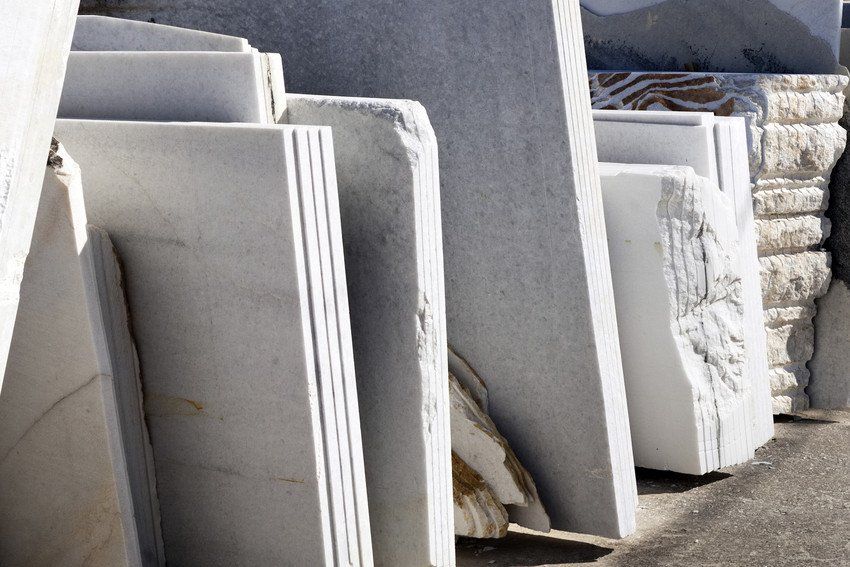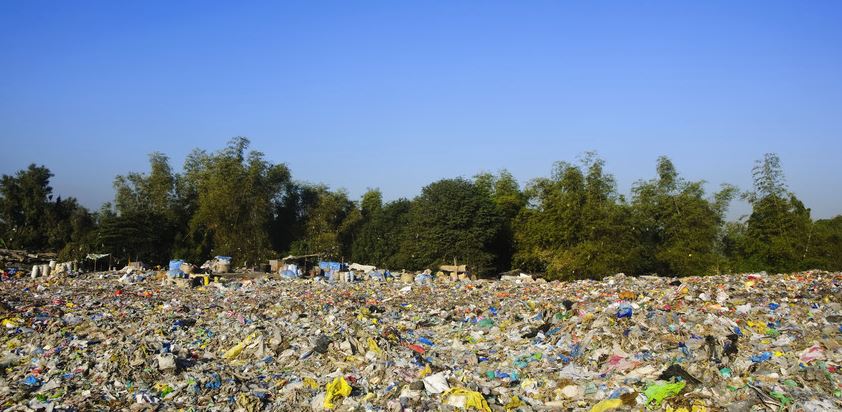The Impact of Quarries: Yesterday, Today, and Tomorrow
- By William Thompson & Son
- •
- 19 Sep, 2018
- •
Nearly every paved driving surface—including highways, roads, parking lots, and driveways—include a blend of sand, crushed stone, and gravel. You may never have considered where all of these materials originally came from, but they all had to be excavated from the earth. For this reason, quarries may affect your life more than you may think. Read more to discover more about the history—and future—of the modern quarry.
Quarries have existed since ancient ages
Crushed rock—including sand, gravel, and stone—have been harvested from the earth and sold commercially to individuals for residential and commercial purposes for hundreds upon hundreds of years.
A traditional Roman road was made from small pieces of stone that had been harvested and broken apart from local quarries. Some of these streets are still even in use today! Additionally, in the Greek and Roman periods, a combination of different stone products, including gravel, volcanic material and sand, were used to create a concrete-like substance that was used in the development of buildings, some of which still stand.
Aggregate materials are essential to our modern life
Sand and gravel, combined with stone fragments, make up aggregate materials. They are either used in their natural state, or after they have been professionally processed and manufactured.
One of the biggest turning points in the demand of these natural materials—and, as such, a demand for an increased number and output of quarries—was when the automobile was first created around the turn of the 20th century. At this point, there was a massive effort for the development of roads and other paved surfaces.
Today, the biggest use of aggregate materials is for the construction of paved surfaces and buildings. For a modern home, about 400 tonnes of aggregate materials is needed; a school or hospital may use nearly four times this amount.
What a quarry will look like in the future
The locations of quarries are primarily determined by nature itself. This includes excavated land that offers a lot of promise in terms of the natural materials that can be extracted. However, residential or industrial development on top of those areas can severely limit the number of options available today. There are also a large number of environmental factors and regulations that need to be properly considered before a quarry can be developed.
After the land for the quarry has been sufficiently mined, the biggest issue is to make sure that the land can then be used for additional purposes in the future. Basically, to determine how the land can be reclaimed for a new use and future benefit.
Contact Thompson Quarries Today
Thompson Quarries has always been a family owned and operated business, and has grown over the past 70 years to become one of the most influential names in Glasgow’s industrial sector. If you have any questions regarding quarry products or other services offered—including plant hire or haulage—please do not hesitate to contact us on 01389 762271 or by emailing us at info@thompsonquarries.co.uk.











